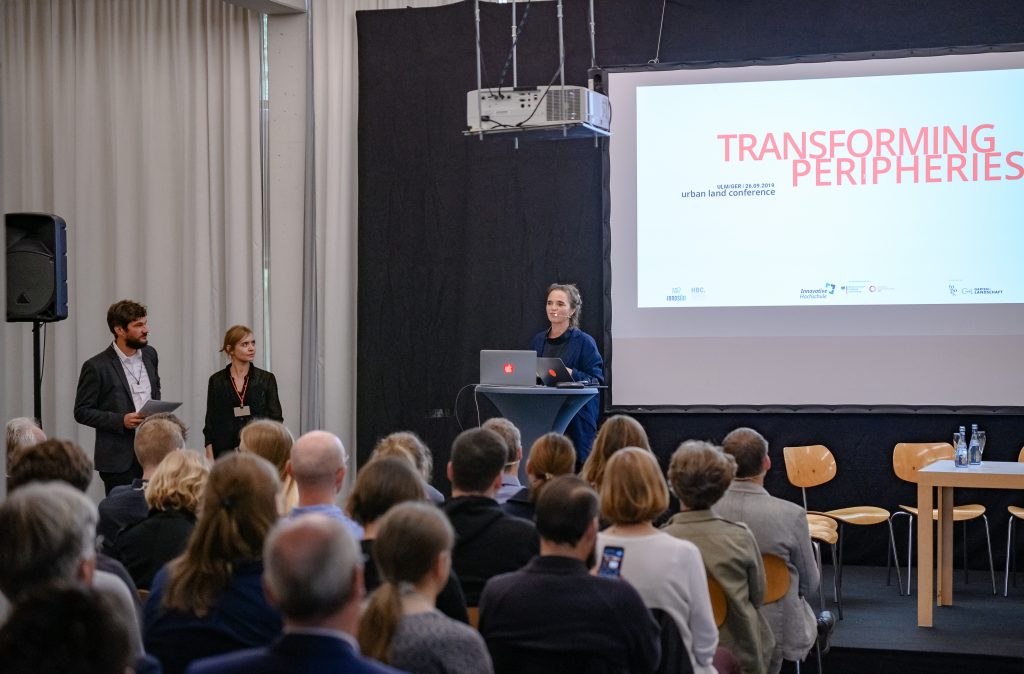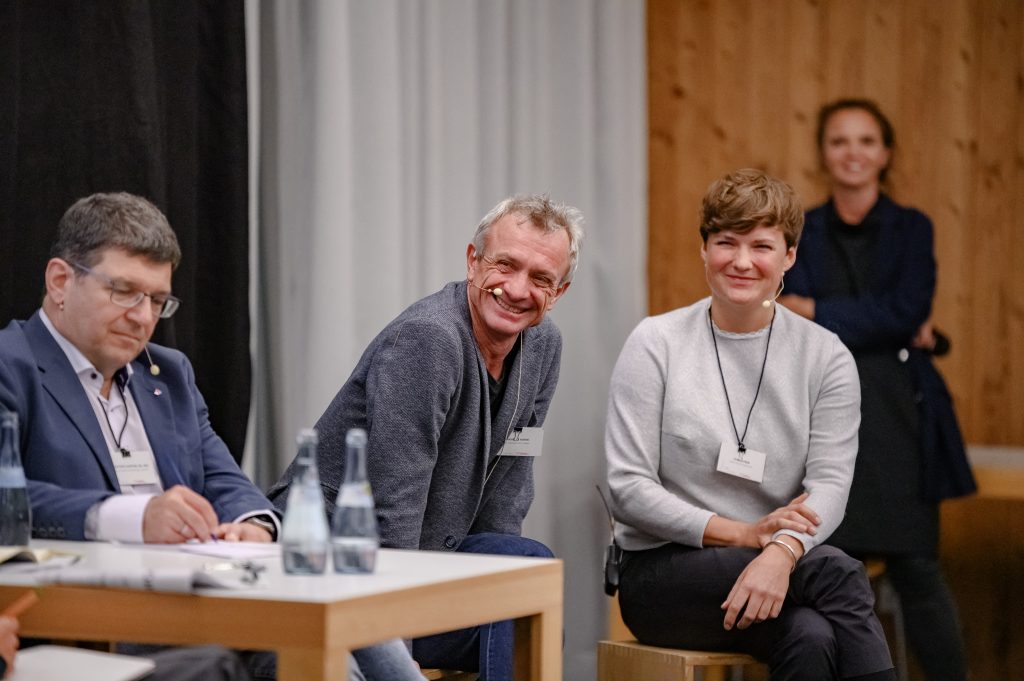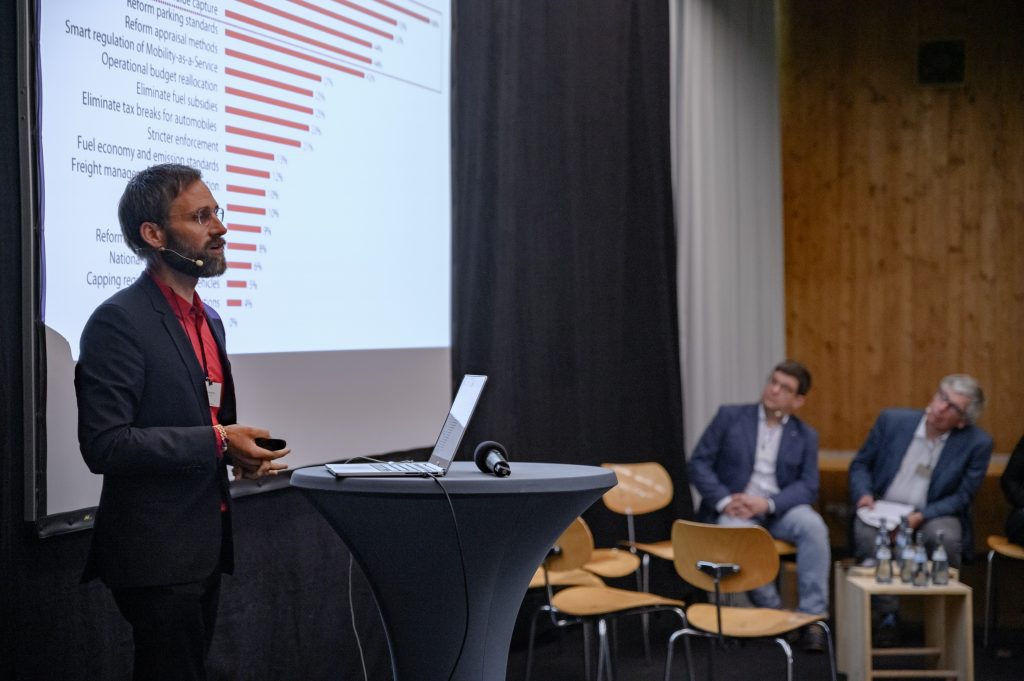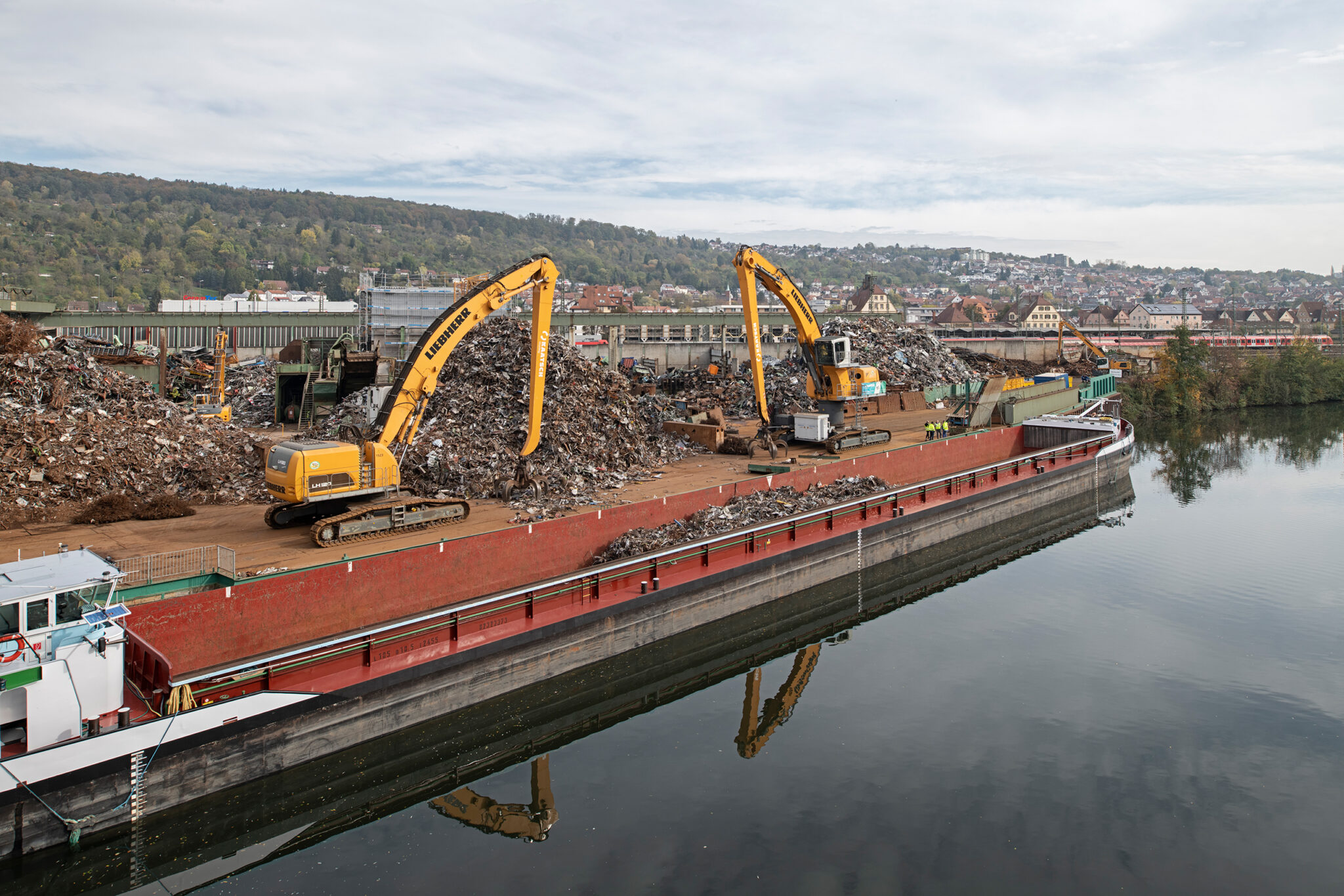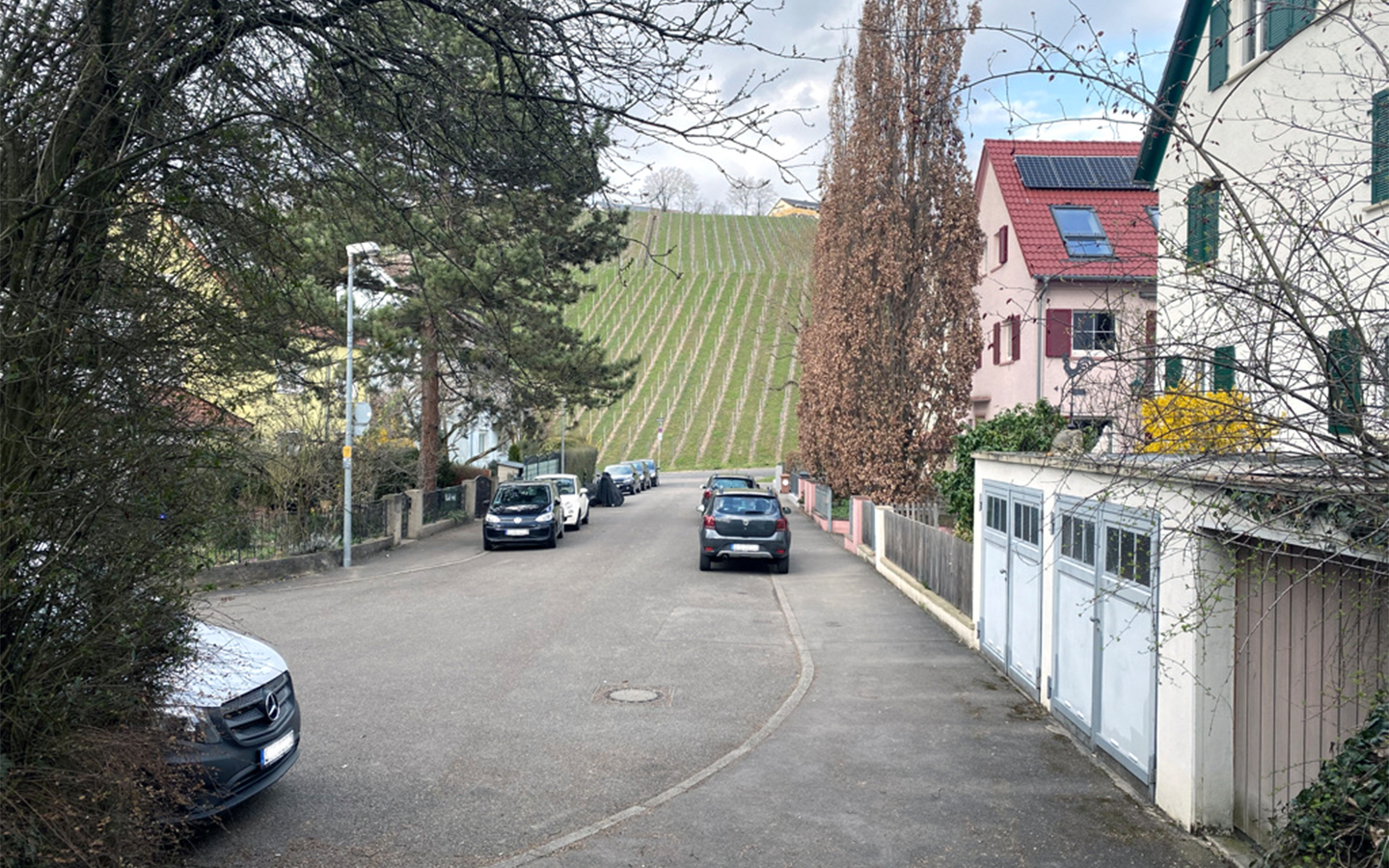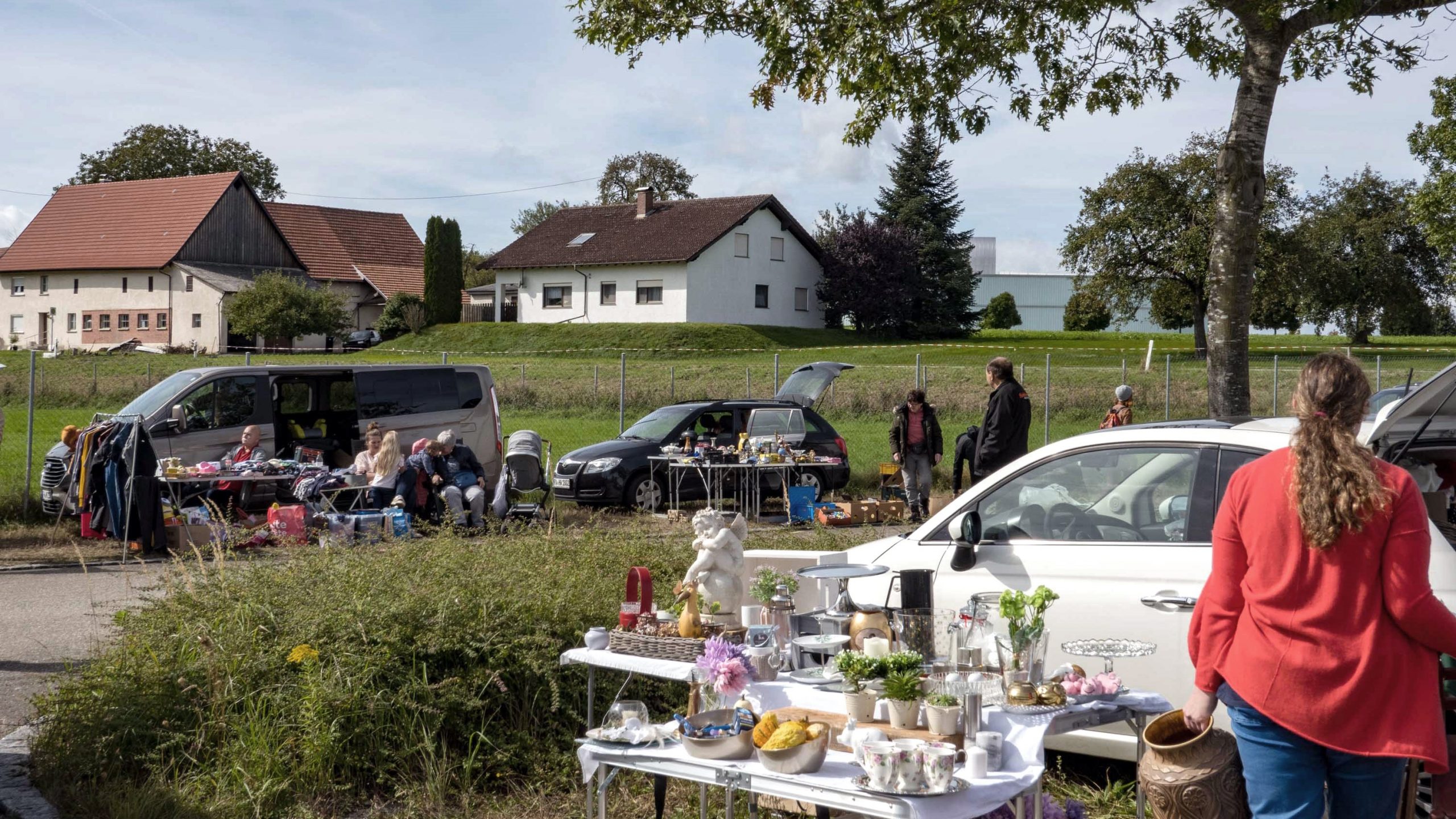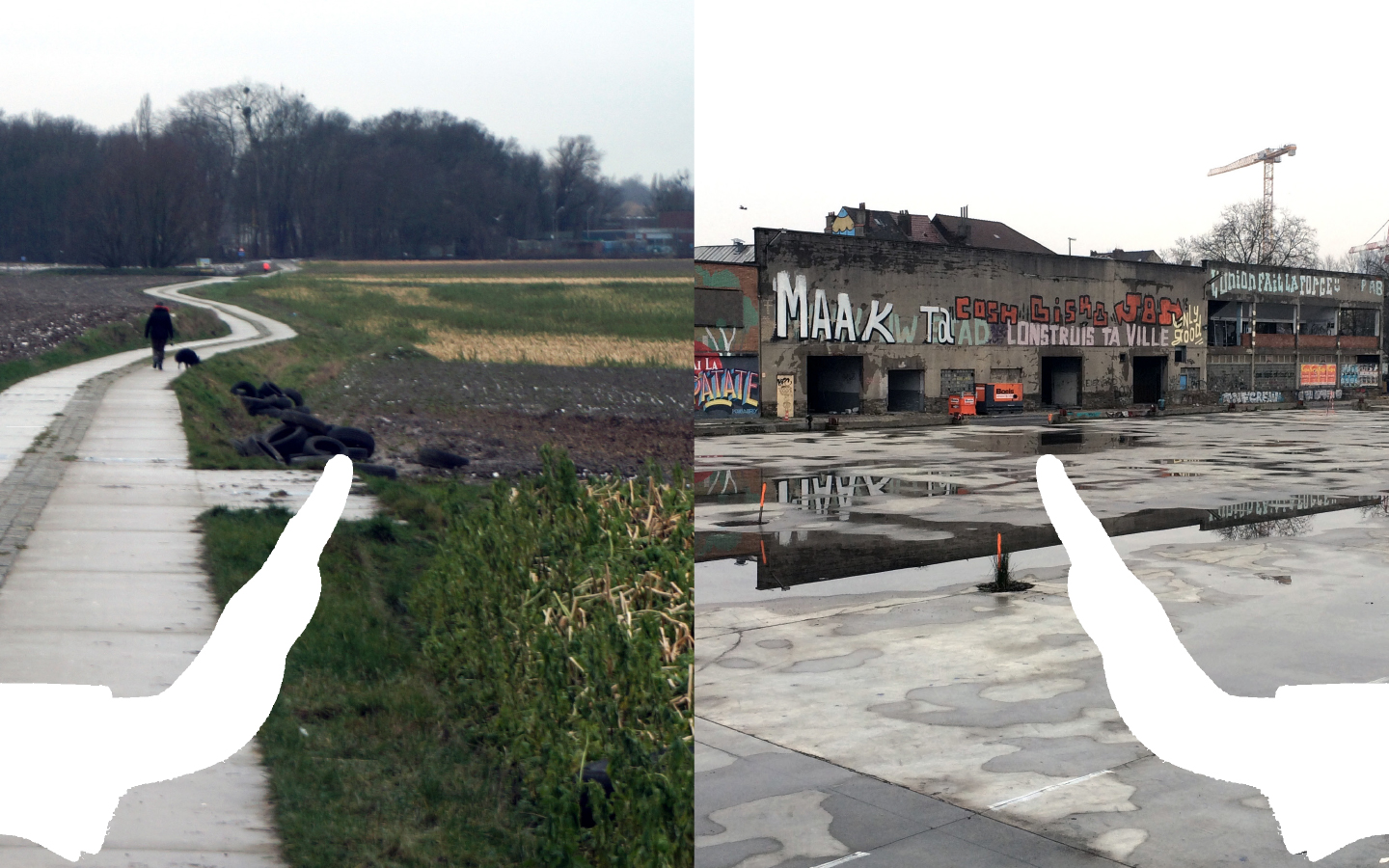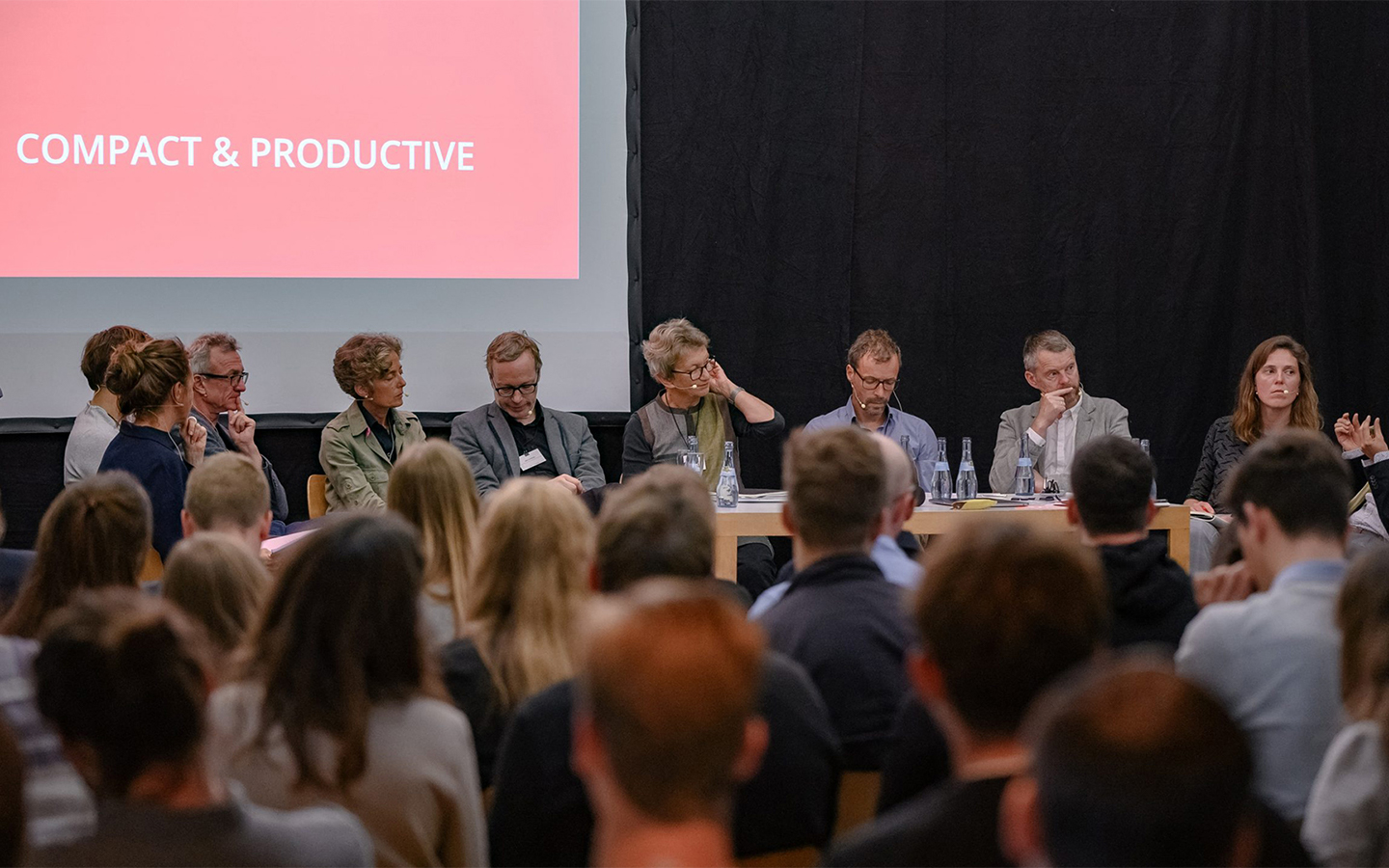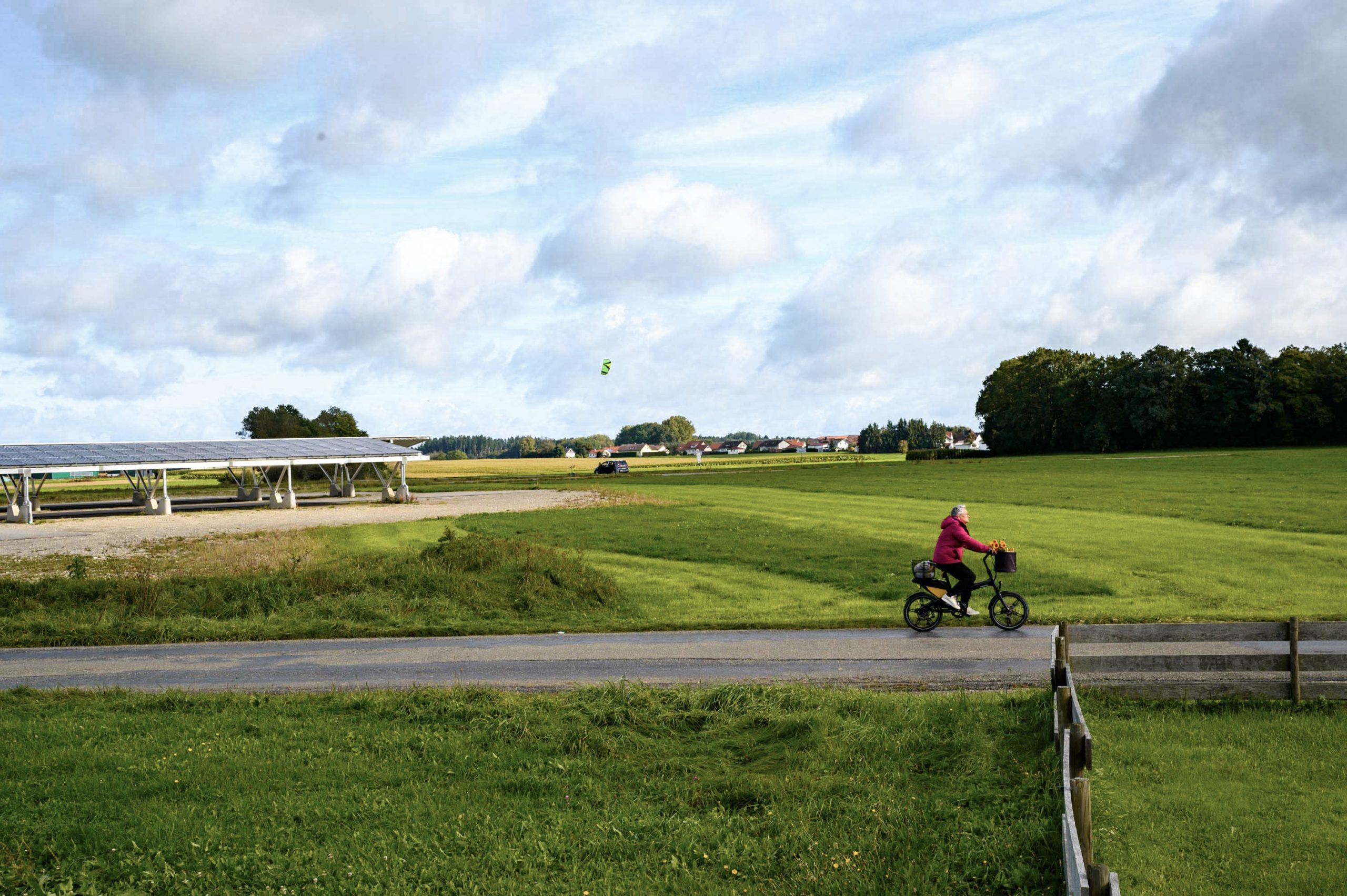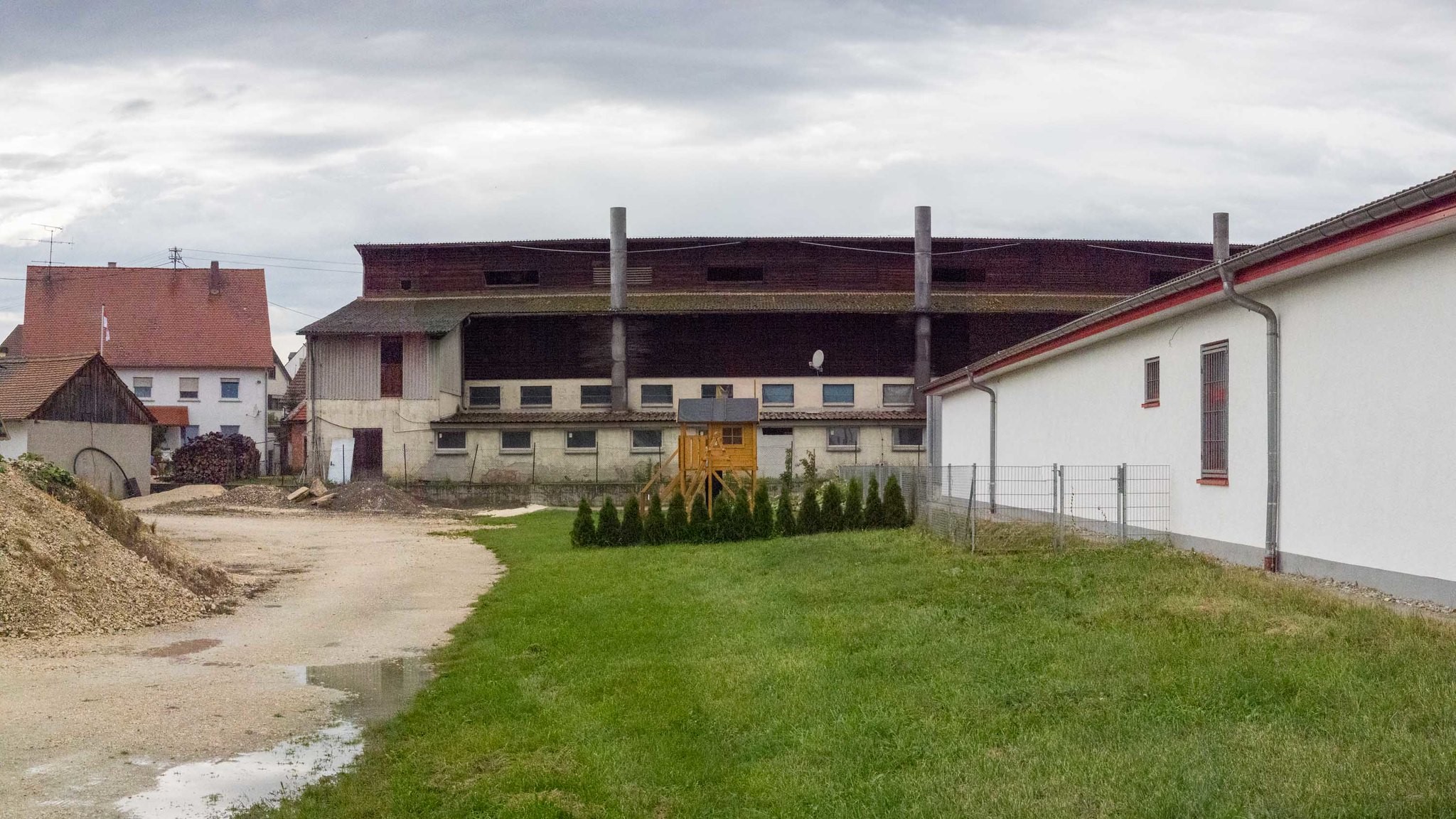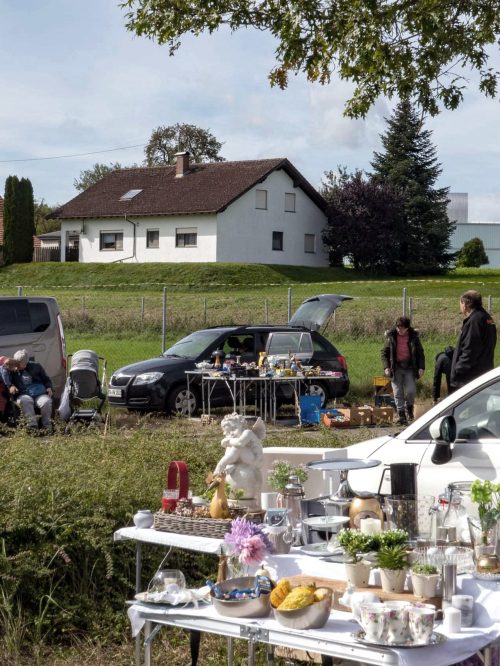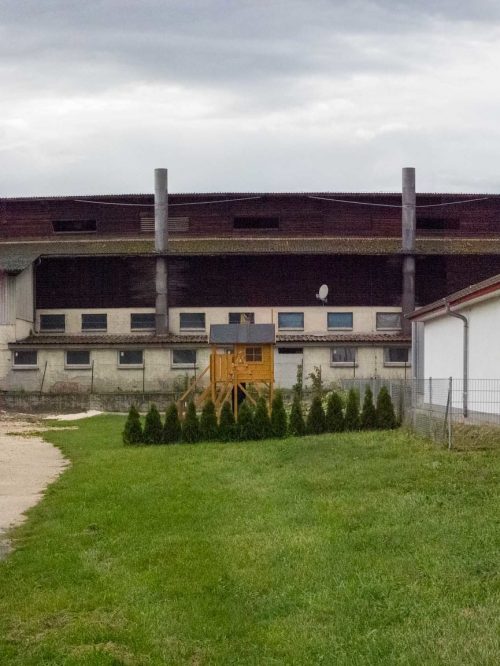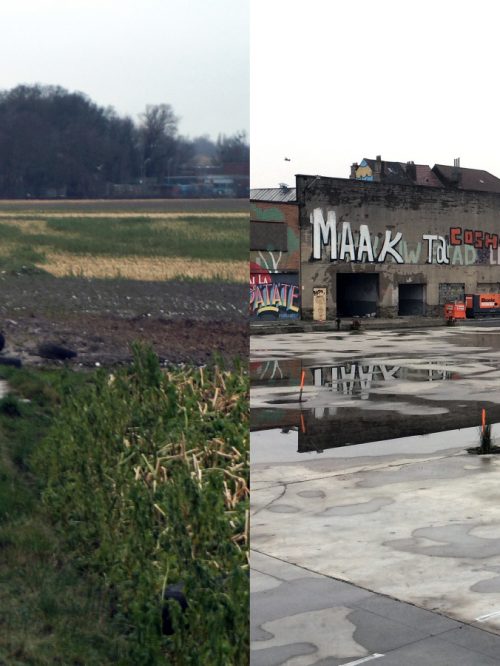Conference Transforming Peripheries
Urbanized territories as additional structural opportunity for transition?
An introduction to the topic by Prof. Ute Meyer, urbanes.land, Hochschule Biberach
Discussing urban development in Europe, at the bottom of it is still an understanding that the urban and the rural realms are two distinct realms and can be treated accordingly. Europe has more or less effective and reasonable planning authorities, laws and guidelines, still the dichotomies of urban and rural has yet to be overcome. This certainly applies to Germany, but can no doubt be expanded to many European countries alike.
A European perspective – shaped by territory, power and infrastructure
Running from the middle of England to London, the Benelux States, Ruhr area, along the Rhine Valley, the southwest of Germany all the way through Switzerland to the north of Italy, a large segment of Central Europe is dominated by population densities between 100 to more than 1,000 inhabitants per square metre. While the urban centres with more than 10,000 inhabitants per square meter exist in varied metropolitan areas, the continuous tissue of intermediate density defines large parts of these countries. Of course these corridors mirror the trans-European transport network in a way which in itself is rooted in historical main transportation routes. And it has always been both, the settlements have generated these early infrastructures and at the same time they have always been a result of it. These territories, intermediate in density, fragmented in land-use and shaped by history and in interrelationship from settlements and infrastructure is what urbanes land is about.
Potentials and Challenges for sustainable development
Comparing the overall performance of a sample from this corridor with big European cities can shed some light on the potentials and challenges for future transition. Germanys South-West is a region of up to 16 Mio. people, spread across 55,100 km2. And therefore density is low in comparison to Berlin or London. Still, looking at its economic performance in GDP per capita and annual growth rate, it ranks on a truly metropolitan scale. In addition, social factors … (add from Utes LSE paper). These signs of an economic and social foundation can also be seen in comparable regions in Western Germany, Belgium, Switzerland and more.
Obviously, the extensive urbanization patterns leads to substantial differences in car ownership and C02 emissions that need to be addresses. Furthermore, the number of political entities in now way match metropolitan logics. Sketching a path to sustainability therefore will not only need to address territorial characteristics, but will need to focus on coordination of local administrations as well.
An uncomfortable field for planners
The compact density of the European city illustrates the planned urban tissue of centuries. It leaves room for diversity, creates opportunity, a form of social cohesion and stands for short distances. Leaving the comfortability of this planning ideals towards the periphery of big cities and the wider area, old and new necessities challenge the traditional image. Outside of the cores, urbanization might look like the antithesis of the European city in appearance. It can be argued, that the rejection of planners for facing urbanized territories is based on two main critics:
- The apparent or suspected lack of spatial and architectural qualities
- A criticism of being notoriously wasteful and emission extensive
To some extend that is true, but often more felt in evidence and maybe also just so far unadressed. As urbanization left us with what is: Maybe it is not an antithesis, but a huge potential for a urban-rural synthesis.
In future research, and in interlacing of viewpoints from practitioners and academics, it will need more insight into its dispositions and a collection of knowledge and projects that challenges and works with these notions. Transition can come, by expanding viewpoints, not only in the spatial sphere, but also organisational, when adaptation, intervention and temporality are thrown into the mix.
A call to action for collective efforts
The Sustainable Development Goals provide clear guidelines and goals for transition. In urbanized territories, due to its fragmented territory, regionalism and criss-cross mobility patterns will need innovations on multiple scales and administrative fields. We beg the questions: How can urbanized territories be prepared for social, ecological and economical changes? What are possible paths from planners, politicians and societal actors to create resilient regions? Which levers exist and emerge, to cut emissions and support energy transition? And finally, how can we possibly make this a collective project?

